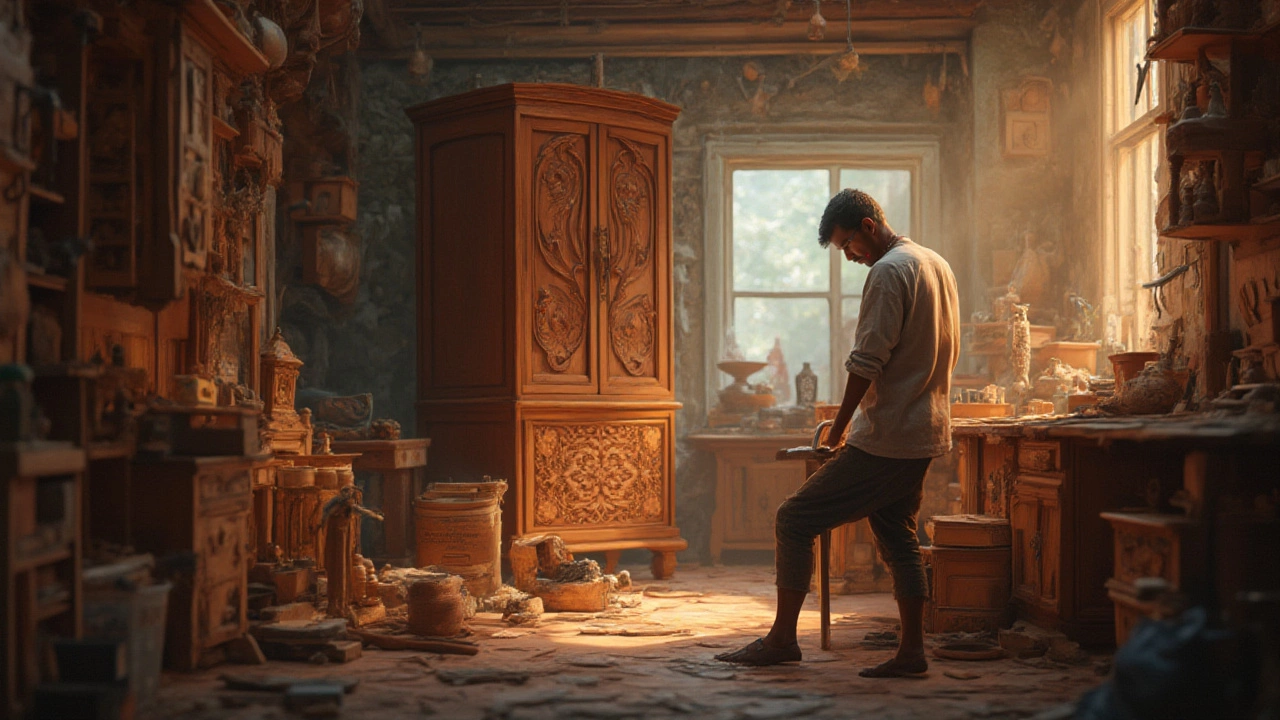Furniture Cost: What Determines Price and How to Budget
If you’ve ever wondered why a coffee table can cost $100 while a designer sofa runs into thousands, you’re not alone. Furniture cost isn’t a mystery—it’s a mix of material, design, brand, and where you shop. Knowing the pieces that push the price up helps you decide where to splurge and where to save.
Key Factors That Influence Furniture Prices
First up, material matters. Solid wood, genuine leather, and high‑grade metal are pricier than engineered wood, faux leather, or particle board. A walnut dining set will always out‑price a pine one, even if the design looks similar.
Second, craftsmanship. Hand‑stitched cushions, dovetail joints, and custom finishes add labor costs. Factories that mass‑produce using CNC machines keep prices low, while boutique workshops charge for the extra time they spend on each piece.
Third, brand reputation. Labels like Ethan Allen or Roche Bobois carry a premium because they promise quality and design pedigree. That doesn’t mean you can’t find a comparable look from a lesser‑known maker at a fraction of the cost.
Fourth, size and complexity. A sectional sofa with multiple modules costs more than a two‑seater because of the extra frames, upholstery, and logistics. Same goes for modular storage units that can be reconfigured.
Finally, where you buy. Showrooms often have higher overhead, so the price tag includes rent and staffing. Online retailers, outlet stores, and warehouse sales usually shave off a good chunk of that markup.
Smart Ways to Reduce Your Furniture Spend
Start by setting a realistic budget. Break it down by room: living room, bedroom, dining area. Knowing the maximum you’re willing to spend for each space prevents impulse buys.
Second, hunt for sales. Major holidays—Black Friday, end‑of‑season clearances—are perfect times to grab a deal. Sign up for newsletters from your favorite stores; they often share exclusive coupons.
Third, consider second‑hand options. Thrift stores, online marketplaces, and local consignment shops can hide high‑quality pieces at a fraction of retail. A well‑maintained leather sofa can last decades with minimal wear.
Fourth, mix and match. Pair a pricey sofa with budget‑friendly side tables or a DIY coffee table made from reclaimed wood. The focal piece shines while you keep the overall cost down.
Lastly, think about longevity. Investing a bit more in a sturdy frame or stain‑resistant fabric can save money on replacements down the line. A solid wood bed frame may cost $800 now but will outlive a cheap particle‑board alternative that needs replacing in a few years.
Understanding what drives furniture cost lets you make smarter choices. Focus on the elements that truly matter to you—material, durability, style—and use the tips above to keep the price tag in check. Your home can look great without breaking the bank.
Why Are Wardrobes So Expensive? The Real Reasons Behind High Wardrobe Prices
Ever wonder why wardrobes are so expensive? Learn what drives up the price of wardrobes, from craftsmanship and materials to hidden costs you never thought about.





